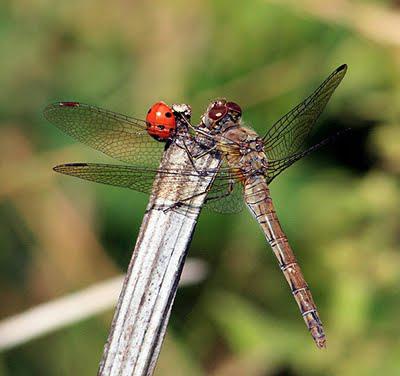
Picture by Les Catchick
The four largest producers of cotton are China, USA, India and Pakistan.
Only 0.8% of world cotton production is organic and just over 1.2% is fair trade.
For example Ikea uses 100,000 tons of cotton per year, which takes 170,000 tons of chemicals and 2,890 billion litres of water to grow. Brands such as Ikea, Gap and Levis are all trying to look at their cotton production and grow ‘better cotton’ which uses natural resources more efficiently.
In developed countries cotton farmers are subsidised by their governments to compensate them for any losses caused by natural disasters, unfortunately their counterparts in developing countries are not so lucky.
Pesticides were virtually unknown in Pakistan 30 years ago, now there is a market worth an estimated £150 million. Cotton is susceptible to many risks; including too much water and too little water, heavy wind and rain, greenfly and moth caterpillars. Hence local Pakistan farmers have turned to pesticides, despite the increased costs, to reduce their risks. We’ve all seems pictures of tractors being used to spray large fields, but in developing countries spraying of these hazardous chemicals are done by hand.
Instructions of how to use safely are all printed on the containers, but they are not much use if the vast majority of farmers in Pakistan cannot read. For those farmers who cannot afford the branded pesticides they can always turn to the black market which supplies cheaper, banned chemicals.
Hopefully in the near future ‘better cotton’ will let the natural predators; ladybirds and dragonflies, of cotton pests live long enough to enjoy a few crunchy snacks.
